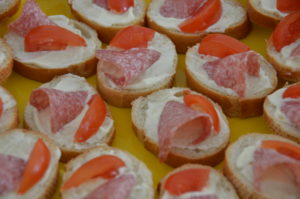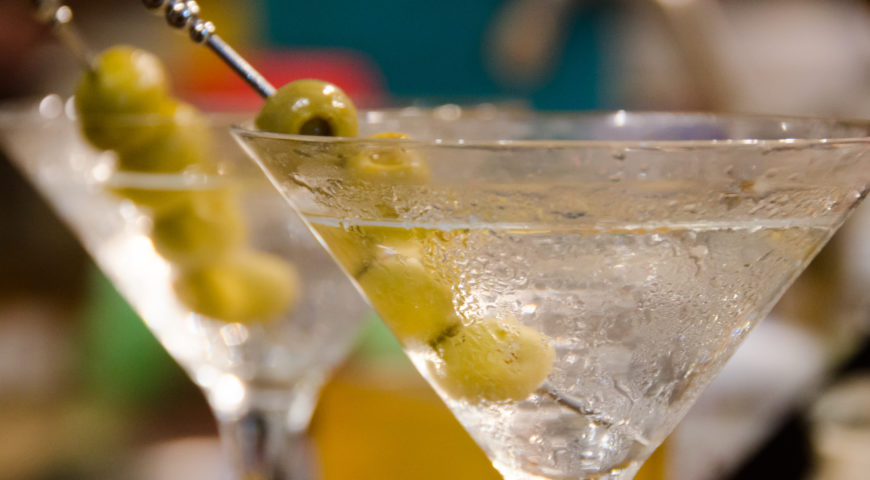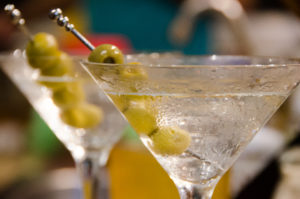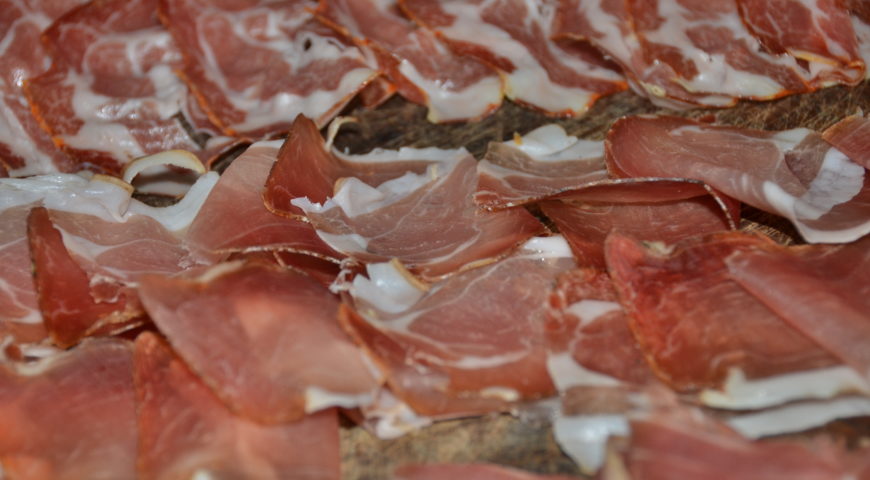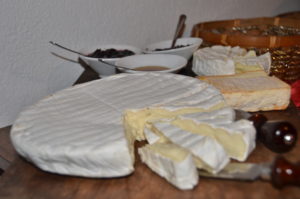Autumn is a beautiful season here in Piedmont, everything is full of warm and enveloping colors, nature changes and gives us great scenery and unique feelings.
This is for us also the period when the vegetable garden gives us its last summer fruits before turning into winter and different products.These days we are preparing excellent fresh tomato sauce to be used during the winter, it is very common here in Piedmont to prepare vegetable jars to be stored in oil and spices so that we always have the summer on our tables.
Among the most famous Piedmontese preserves are the stuffed peppers, the saucers under the salt and the gardener, a kind of preserved vegetable garden, hence the name of gardener, put in a mixture of water and vinegar …. really good and tempting.
Below you will see the family’s recipe accurate and infallible so you can make it at home
INGREDIENTS to obtain from 10 to 12 cans:
Ripe tomatoes 3 kg
celery 500 gr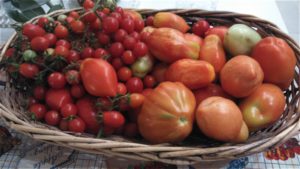
carrots 500 gr
onions 500 gr
green beans 500 gr
cauliflower 500 gr
peppers 500 gr
Laurel leaves n 3
sugar 2 teaspoons
Wine vinegar 1 glass
extra virgin olive oil
big salt
METHOD:
Wash thoroughly and cut into cubes of the same size (about a hazelnut) vegetables.
Peel the tomatoes by cutting the skin and then passing them for a few minutes in boiling water.
Finely chop the onion and let it brown in a little oil then add the laurel leaves and the roughly cut tomatoes and bake them for 30 minutes.
Pass it all over to the passoverdura and put the past on fire and when it bubbles, add the vegetables and the sugar.
Vegetables are added in the following order: celery, carrots, onions, green beans, cauliflower, peppers, with a 10 minute interval between each other.
Bake another 10 minutes after adding the last vegetable, then combine a glass of extra virgin olive oil, one of vinegar and a nice big fat fist and mix well all over.
The jars should be sterilized in the oven for at least 10 minutes, then pour the gardener into the jars and skip them right away by dropping them.
The gardener or Piedmontese starter accompanies the salami sauce or can be enriched with tuna with olive oil.
If you want to try the recipe right here in Piedmont … you are welcome in our cooking lessons!
For more information please contact us
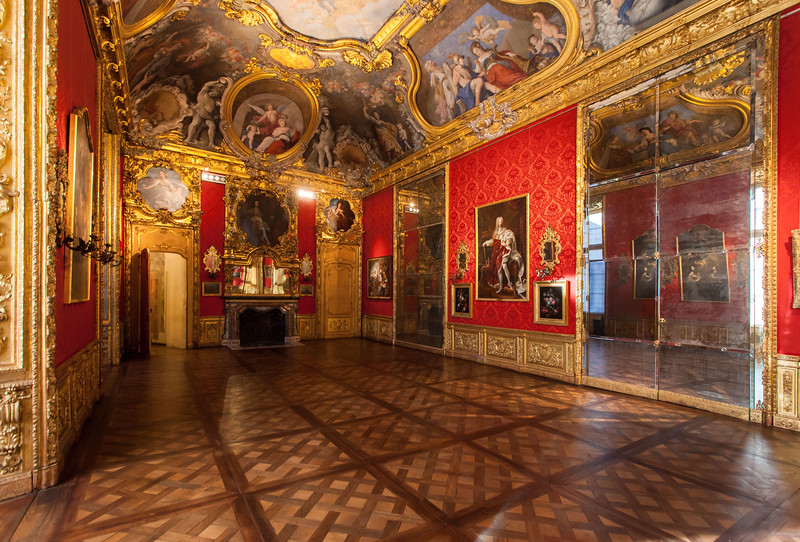
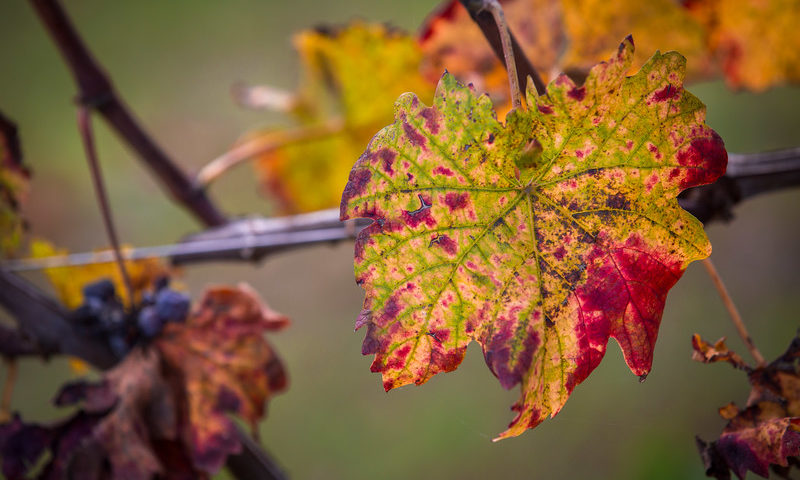

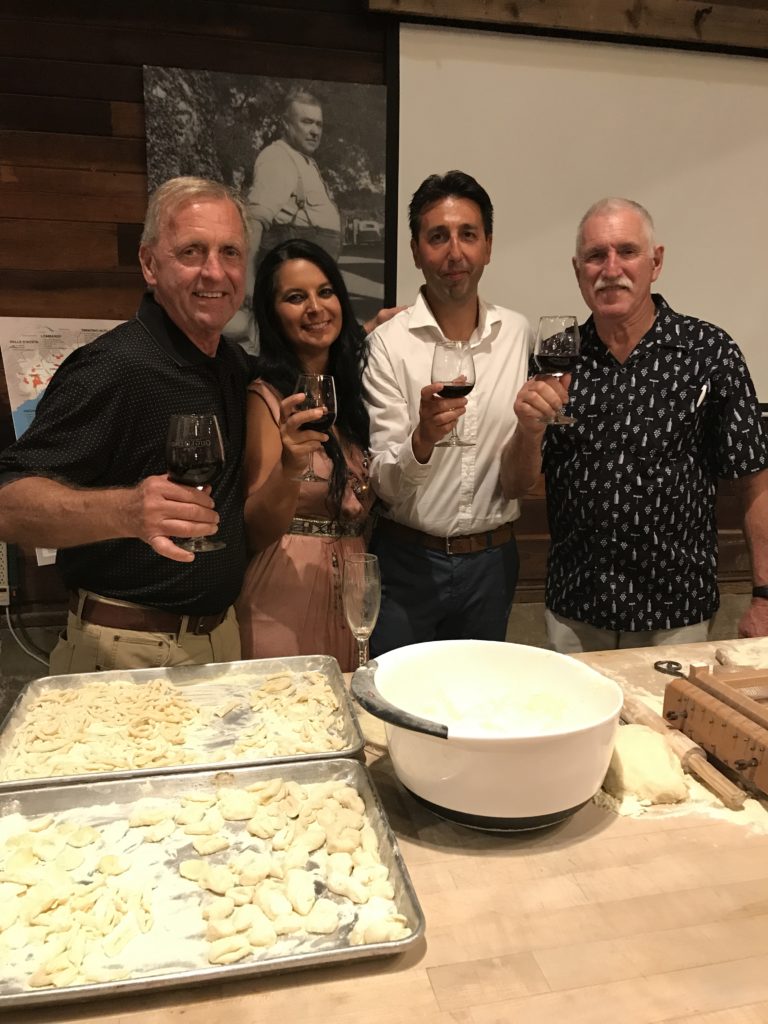
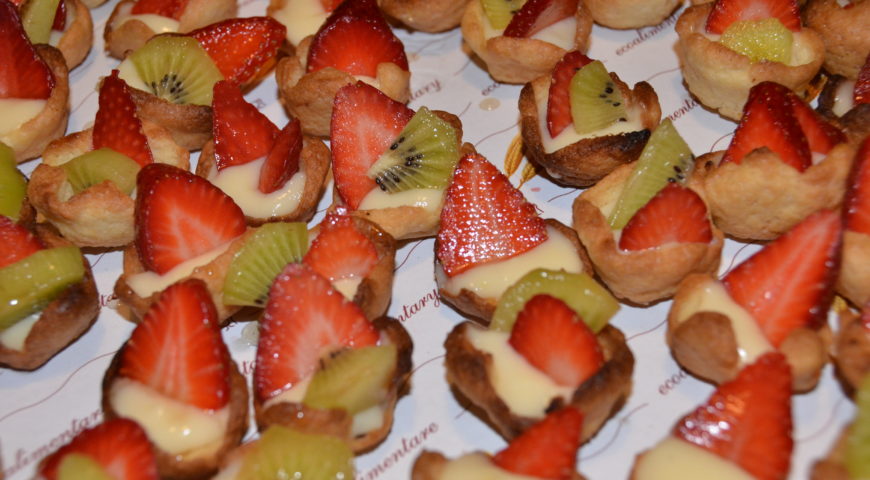
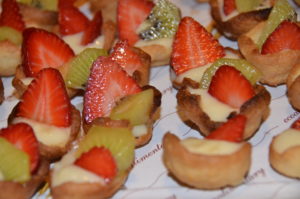 The history of pastries begins properly with the Arabs and with the occupation of Sicily in the Middle Ages.
The history of pastries begins properly with the Arabs and with the occupation of Sicily in the Middle Ages.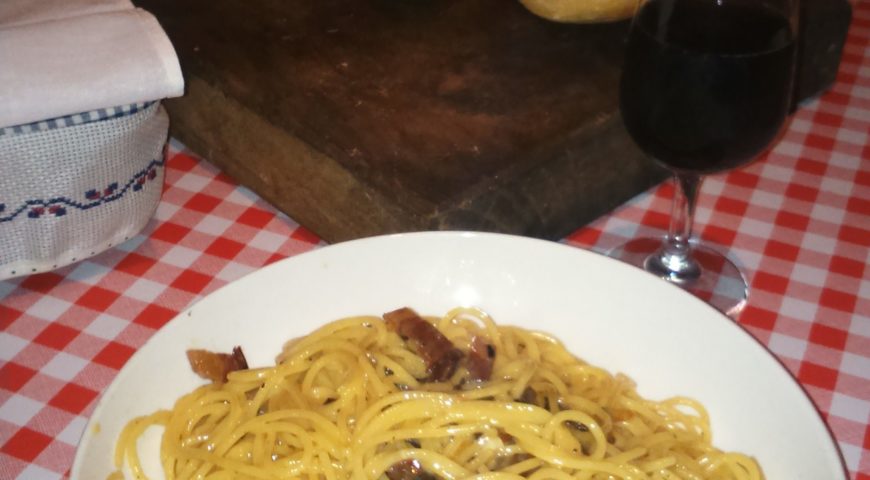
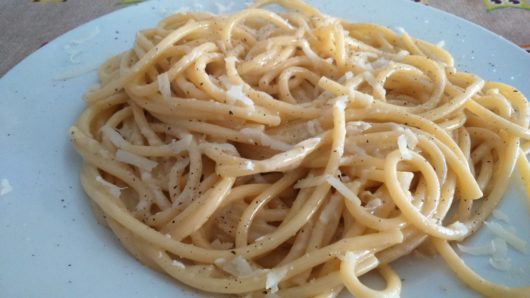
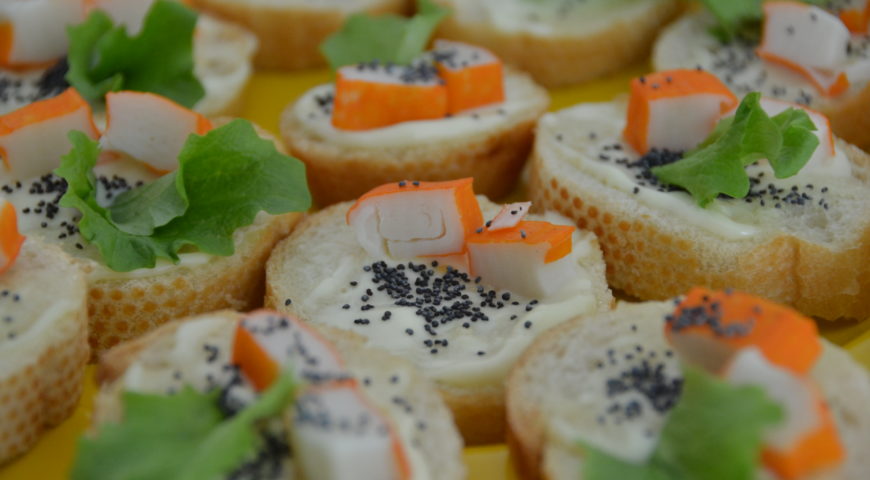
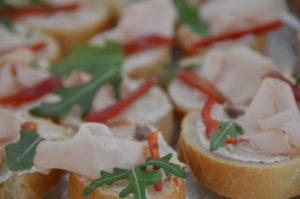 The Aperitif in Turin
The Aperitif in Turin